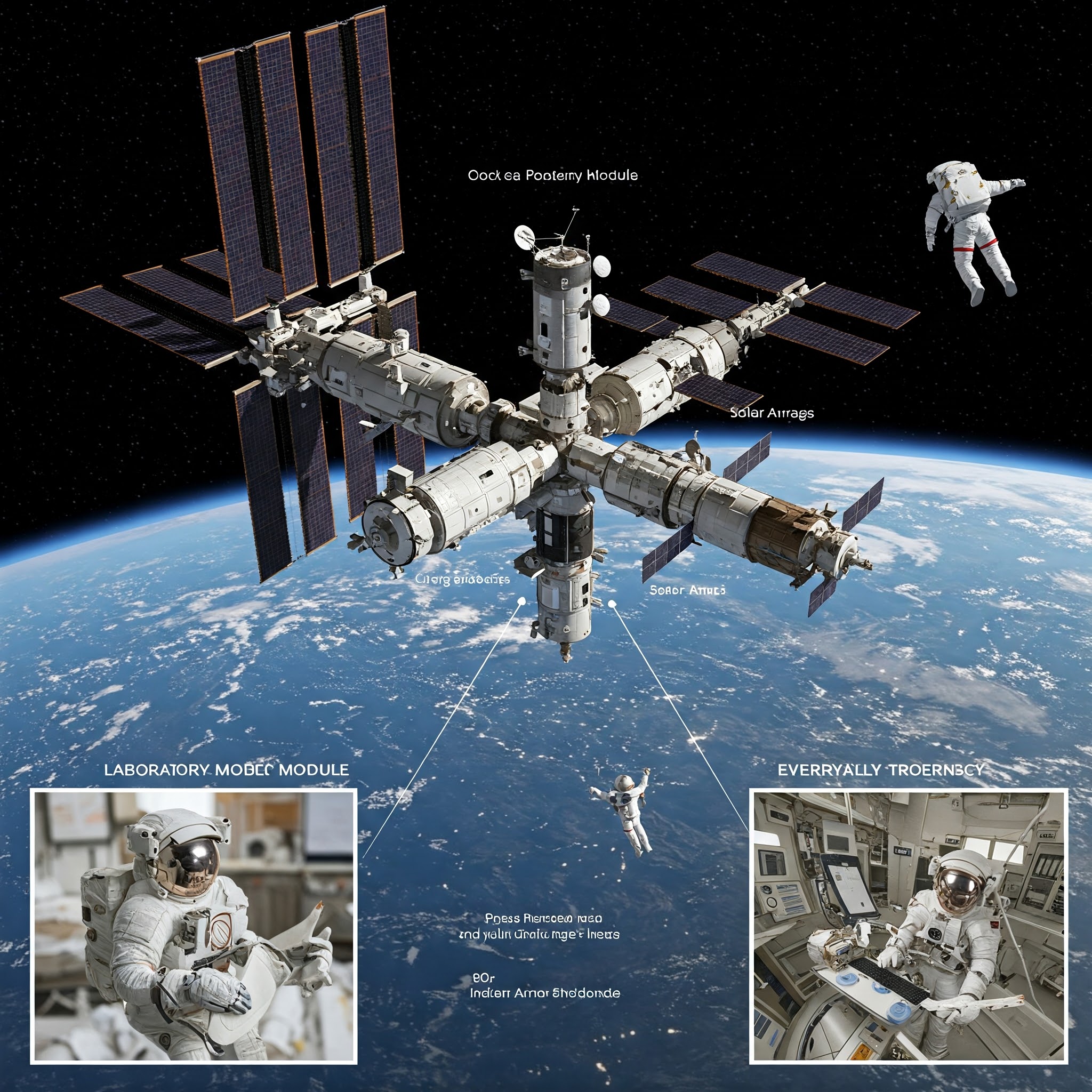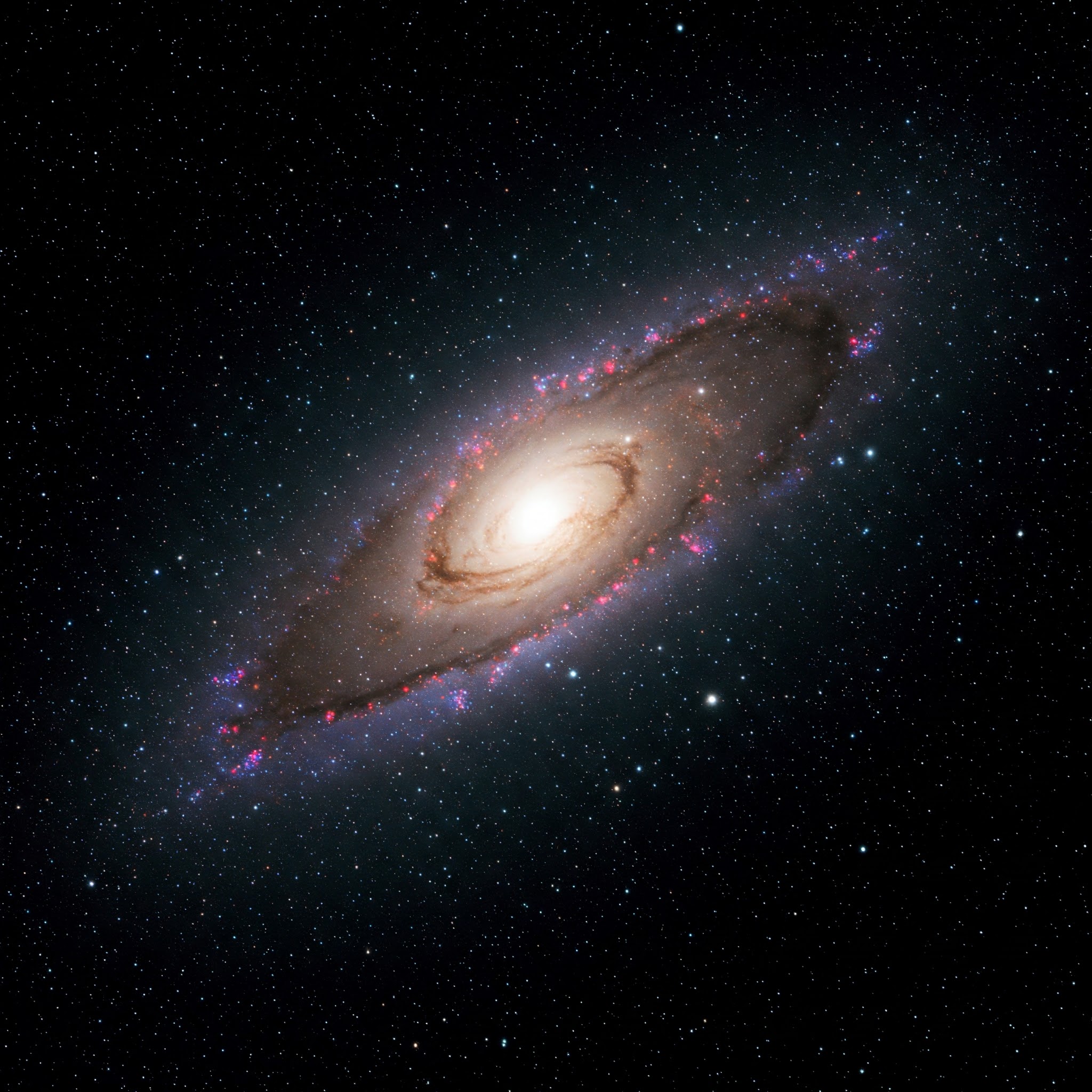Orbiting about 400 kilometers above Earth, the International Space Station (ISS) is a symbol of international cooperation, scientific exploration, and our growing presence in space. But what exactly is the ISS, and why is it so important?

1. What Is the ISS?
The ISS is a habitable space laboratory that has been continuously occupied since 2000. It was built through the cooperation of NASA (USA), Roscosmos (Russia), ESA (Europe), JAXA (Japan), and CSA (Canada).
It orbits the Earth roughly every 90 minutes, traveling at a speed of 28,000 km/h, and allows astronauts to live and work in microgravity.
2. What Happens Aboard the ISS?
The ISS hosts a wide range of experiments that can only be done in space:
-
Studying the effects of microgravity on the human body
-
Growing plants in space for future Mars missions
-
Testing new materials, medicines, and technologies
-
Observing Earth and space from a unique vantage point
Astronauts from around the world live and work aboard the station, usually in 6-month rotations.
3. How Do Astronauts Get There?
Astronauts travel to the ISS using spacecraft like:
-
SpaceX’s Crew Dragon
-
Russia’s Soyuz
-
Previously, NASA’s Space Shuttle
They launch from Earth, dock with the ISS, and then float into the station to begin their missions.
4. Life in Space: What’s It Like?
Life aboard the ISS is both fascinating and challenging:
-
Astronauts float in zero gravity
-
They follow a strict schedule for work, exercise, and sleep
-
Meals are prepackaged, and showers are replaced by wet wipes
-
Video calls and social media keep them connected with Earth
Despite the hardships, astronauts often say the most unforgettable part is seeing Earth from space.
5. What’s Next for the ISS?
The ISS is expected to operate until around 2030. After that:
-
NASA and private companies like Axiom Space plan to build new commercial space stations
-
Parts of the ISS may be recycled or deorbited safely
-
The lessons learned will help guide deep space missions to the Moon and Mars
Conclusion
The International Space Station is more than just a research platform—it’s a living example of what humanity can achieve when we work together. As we look toward Mars and beyond, the ISS remains our most important stepping stone into the cosmos.


